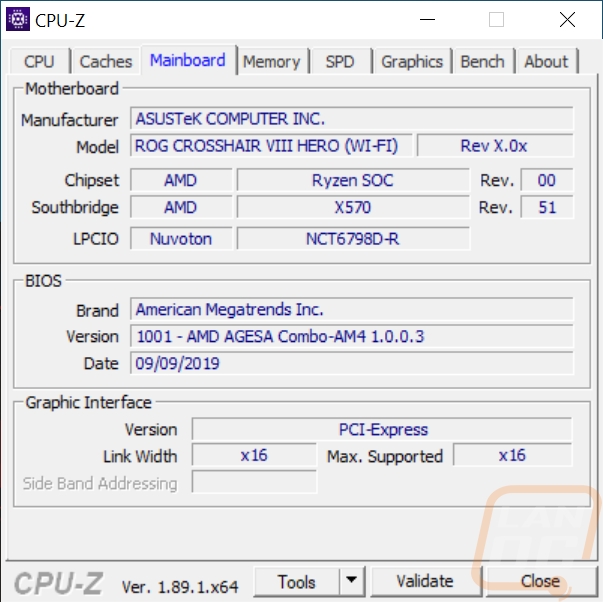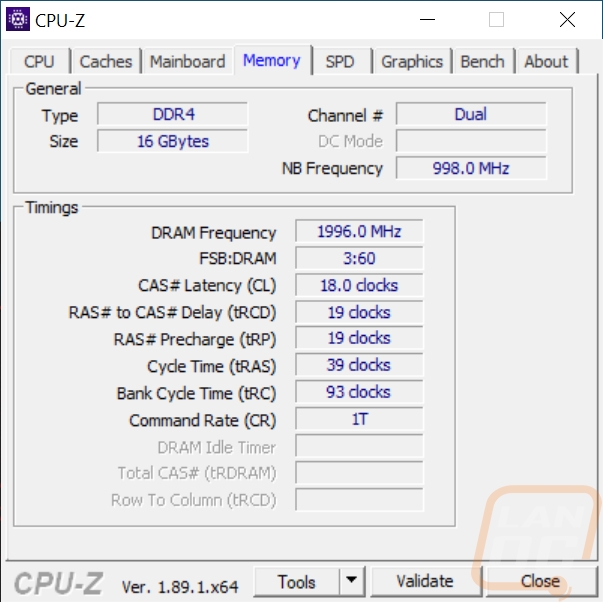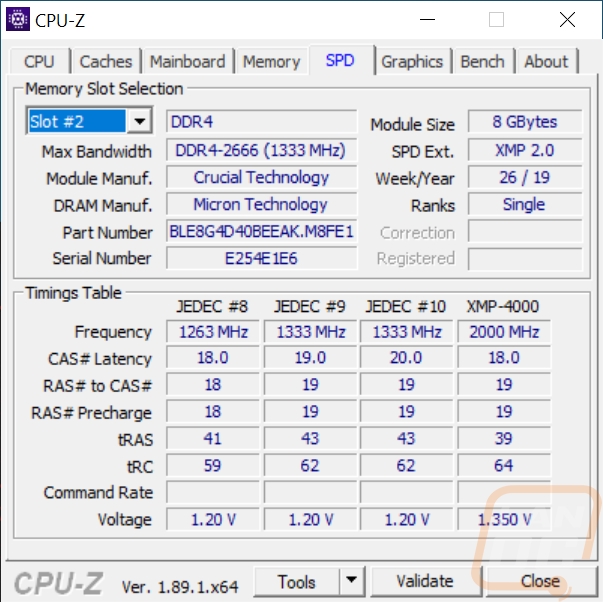Photos and Aesthetics
For packaging, our kit came in a box with a window and a half flap door on the front. The box has a diamond plate design printed on it with a dark grey background and lighter grey and silver accents. This includes the paint or rip like strip across the front that has the branding on it. But they did also include the Ballistix logo down at the bottom to double up on that. There is a sticker up in the top right corner on the front that shows the kit information which for this one is a 16GB kit split up with dual 8GB sticks, running at 1.35 volts, and it is DDR4 at 4000 MHz. I’m surprised the timings are also included but you can see them right on the sticker on the memory through the window. Opening up the front door just have Ballistix social media information and gives you a look at the full sticks.


Around back there isn’t too much going on as well. They have a UPC. They also show that the Elite kit is the top kit of the three that they offer and then they touch on a few basic features like support for Ballistix M.O.D. software where you can see the memory temperatures. The limited lifetime warranty is also on the back with the logo up in the top right corner.

Inside the box is just one plastic clamshell tray with both sticks in it. Nothing exciting at all, other than the memory itself of course.

Like I mentioned before, I’ve had the Ballistix Elite memory in before so nothing here is different at all. This is a dual-channel kit vs the quad-channel kit, but beyond that the heatspreaders are exactly the same design. I did really like the design previously and that hasn’t changed. Everything on the Elite heatspreaders is blacked out and they went with a tactical or military design. Even on the sides the strip with the Elite branding that goes over the exposed holes on the heatspreader that show the chips looks a lot like a rifle magazine to me.



Up on the top edge, the heatspreaders on each side join together with a thick machined section on the top locking it all together. This has slit machined in it but the overall mass of this part really gives the kit heft when you pick them up. There is a lot of metal to absorb and pull heat up and away from the memory. Of course without the heatspreader touching on the sides on a lot of the memory with the exposed holes you do wonder how much it helps.


I would prefer to take a look at each chip and look to see what the kit has going on, but with the heatspreader, I decided to use Thaiphoon and CPU-Z to look at the kit. Going in we know this is a 4000 MHz kit but with the software you can see that the XMP profile is set to 18-19-19-39 timings which are a little loose. When running out of the box without XMP the kit is set to run at 2666 MHz at 19-19-19-43 so booting shouldn’t be a problem even if your PC doesn’t like the 4000 MHz clock speed. Thaiphoon also tells us this kit was made in June in Boise USB. It is a single rank kit with 8GB modules and is running Micron E-Die memory, part number D9WFL. This kit also has a thermal sensor built-in but I was surprised to see that it wasn’t picked up here. CPUz just confirmed everything as well but you can also see that our test bench is running the Ryzen 9 3900X on the Crosshair VIII Hero board with the latest BIOS for that new AGESA update.







